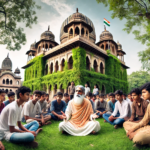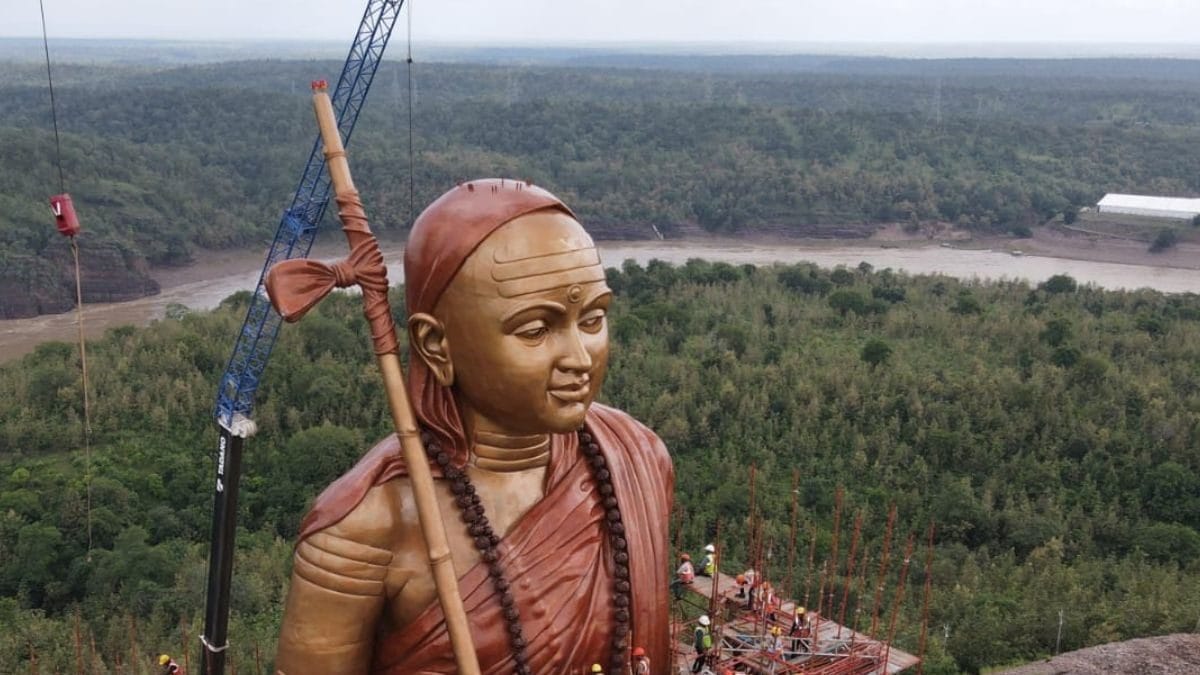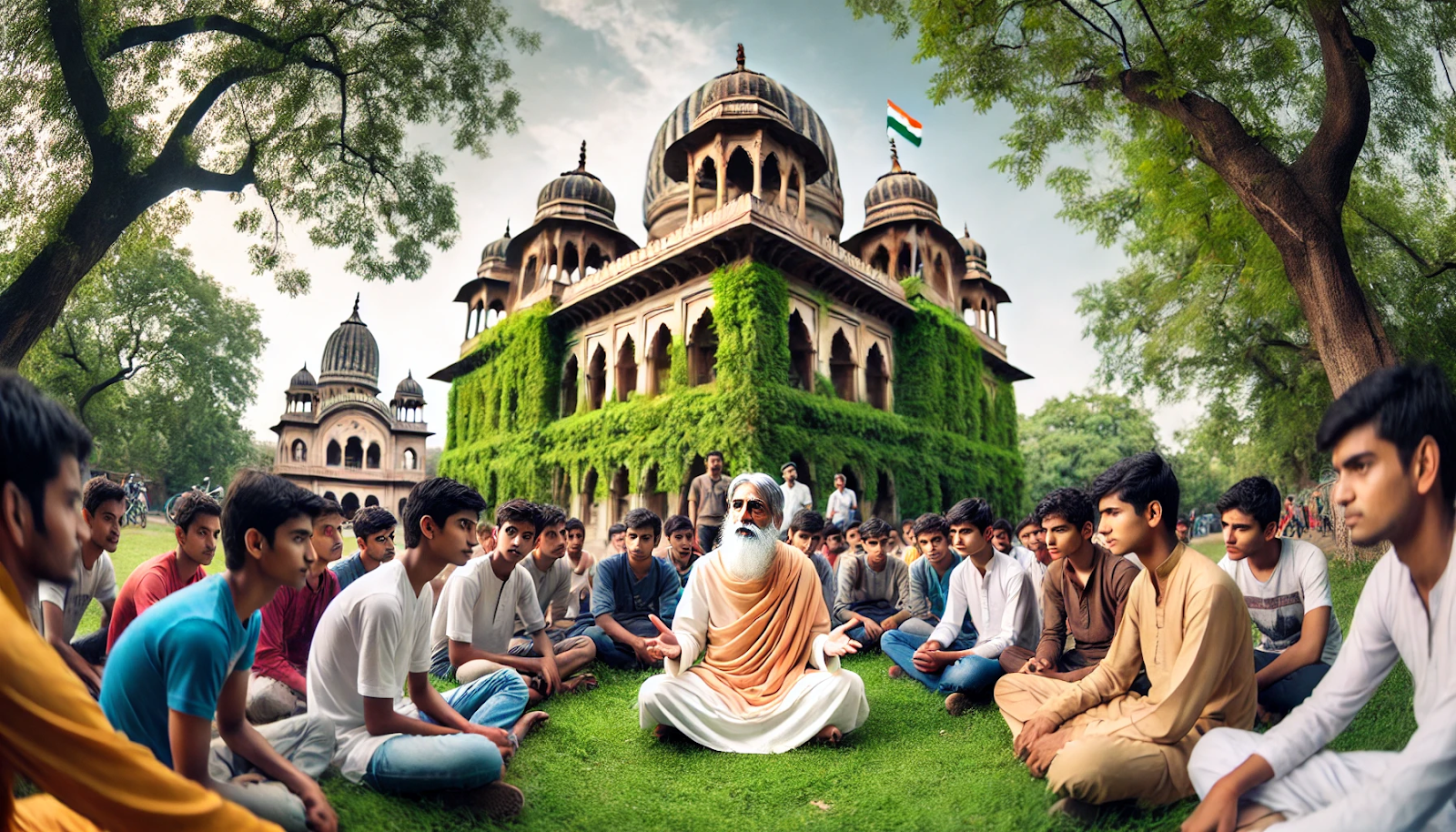New Statue of Adi Shankaracharya in Madhya Pradesh Symbolizes Unity and Oneness in India
A magnificent 108-feet-tall statue of Adi Shankaracharya has been unveiled in Madhya Pradesh, marking a powerful symbol of unity and embodying the teachings of Advaita Vedanta, as propagated by the renowned reformist-philosopher himself.
Commissioned as the Icon of Unity and Oneness, the statue stands at Omkareshwar in Madhya Pradesh and features an initial portrait created by Vasudev Kamath, a talented artist from Sholapur, in 2018. The creation of the statue was accompanied by a grand public rally and processions known as Ekatma Yatra, which traversed around 23,000 gram panchayats across the state. During the Yatra, the metal for the statue was collected with the active participation of the community, showcasing a remarkable example of public-private collaboration.
Madhya Pradesh Chief Minister Shivraj Singh Chouhan recently spoke about the glorious achievements of Adi Shankaracharya and his profound connection with the state. Chouhan highlighted how Shankaracharya united the land of Bharat-varsha through his philosophy of monism called Advaita Siddhanta. Additionally, he emphasized Shankaracharya’s establishment of four spiritual mathas or monasteries strategically located in the four corners of India.
Chouhan further remarked that Adi Shankaracharya’s philosophy has stood the test of time due to its timeless appeal. The revered philosopher, even as a child prodigy, traveled extensively on foot across India to promote unity. He successfully brought together various sects and worshipers of multiple deities onto a single platform, earning him the title of “Shanmata-Sthapanacharya” or the Unifier of Six Creeds. Adi Shankaracharya’s voluminous commentaries on the Upanishads, the Brahma Sutras, and the Bhagavad Gita, as well as his melodious verses dedicated to the deities, continue to be regarded as authoritative works to this day.
During Shankara’s time in the 9th century, there were six main sects, including those devoted to the worship of the Mother Goddess, Surya, Vishnu, Shiva, Ganesh, and Skanda-Kartikeya. Shankaracharya’s efforts to unite these sects and create harmony among them were accomplished within his short lifespan of 32 years.
Today, Adi Shankara is revered all across the country as the incarnation of Lord Shiva, known as the “Great Teacher” or Dakshinamurti. The cultural tensions among sects during his time prompted the first vice-president of India, Sarvepalli Radhakrishnan, to highlight the need for a genius who could synthesize the divergent sects while retaining the essence of truth.
Notably, Mahamohopadhyaya PV Kane, who received India’s highest civilian award, the Bharat Ratna, for his monumental work “History of Dharmashastras,” wrote about the continued worship of these five devatas (deities) in various arrangements, depending on the preferences of the worshiper.
In summary, Adi Shankaracharya’s efforts to broker peace among the sects and unite India onto a single platform for worship have left an indelible mark on the country. The unveiling of the grand statue in Madhya Pradesh serves as a testament to his enduring legacy and the pursuit of unity and oneness in India.

I have over 10 years of experience in the cryptocurrency industry and I have been on the list of the top authors on LinkedIn for the past 5 years. I have a wealth of knowledge to share with my readers, and my goal is to help them navigate the ever-changing world of cryptocurrencies.











